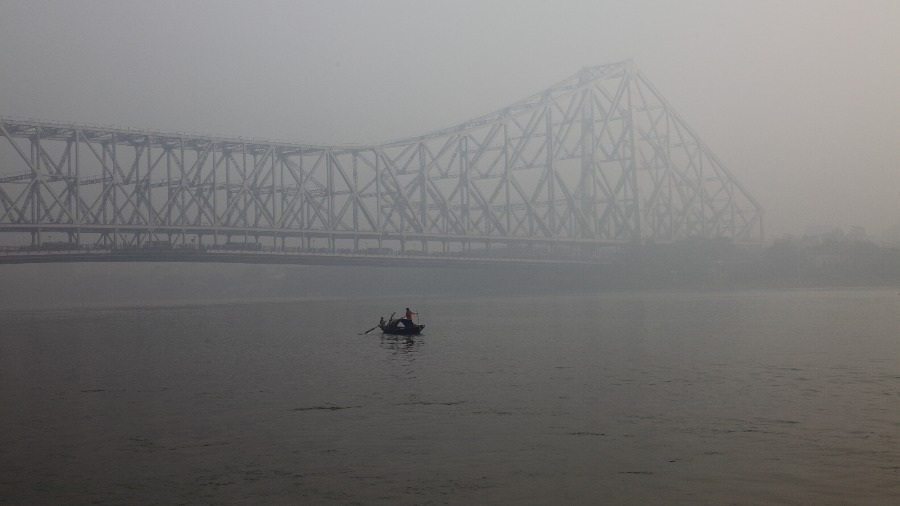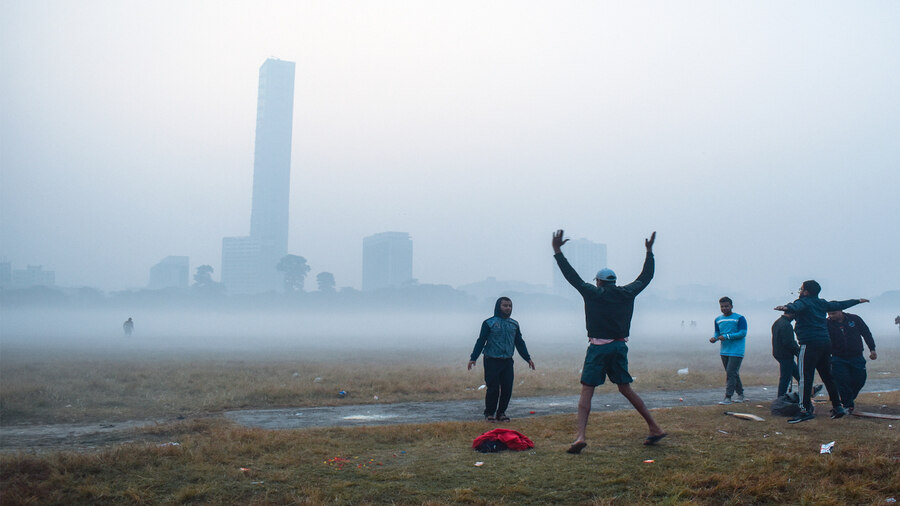The West Bengal government’s combat plan for the drop in air quality in Kolkata is at best out of date.
As Kolkata’s air quality worsened drastically in the week between November 21 and 27, 2022, and grabbed the pollution crown from Delhi for a few days, West Bengal environment minister Manas Bhunia announced a ‘Graded Response Action Plan’ (GRAP) to counter the rising pollution in Kolkata and five cities of the state.
But Gufran Beig, programme director of System of Air Quality Forecasting and Research (SAFAR), told The Plurals GRAP had long been scrapped in Delhi as there is no point imposing norms when people have already been exposed to a high level of air pollution. “Since July 2022, only a three-day forecasting-based GRAP has been implemented in the National Capital Region of Delhi,” he said.
The System of Air Quality and Weather Forecasting And Research (SAFAR) is a national initiative introduced by the Ministry of Earth Sciences (MoES) to measure the air quality of a metropolitan city, by measuring the overall pollution level and the location-specific air quality of the city.
“We are already forecasting air pollution in Delhi and other cities and are prepared to set up a similar system in Kolkata if the West Bengal Pollution Control Board and the state environment department want it,” Beig said.
Executive director (research and advocacy) and head of the air pollution and clean transportation programme at the Centre for Science and Environment (CSE), New Delhi, Anumita Roychowdhury, said, a forecasting-based GRAP is the need of the hour. Referring to the Policy to curb air pollution in the National Capital Region, prepared by the Commission for Air Quality Management in the NCR and adjoining areas, she pointed out: “Proactively implement GRAP measures based on air quality forecasts, rather than retroactively implementing them once acceptable levels are breached”.
Roychowdhury said GRAP needs to be in tune with the levels of pollution. The higher the levels (of pollution), the more stringent and restrictive the plan(s) must be.
West Bengal at present has no air pollution forecasting system and the GRAP, that has recently been announced, is mainly a reiteration of existing norms and hardly has any restrictive provisions unlike the Delhi GRAP.
“A forecast-based GRAP is important and we are also planning for at least a three-day forecast-based GRAP model for Kolkata and are speaking with expert agencies,” West Bengal PCB chairman Kalyan Rudra said.
Air pollution rising sharply
As the government grapples with the mode of action plan they need to follow, Kolkata’s air pollution has increased manifold during the last week.
Central Pollution Control Board (CPCB) data reveals that on November 21, the Air Quality Index (AQI) of Kolkata was 150, which is considered ‘moderate’.
However, on November 27, the AQI was recorded to be 241 (‘poor’) — a 60 per cent rise in just a week’s time. The most toxic air pollutant — ultra fine particulate PM 2.5 – was the triggering factor behind the AQI leap.
On November 24 and 25, Kolkata’s average AQI was higher than Delhi, which made Kolkata more polluted than Delhi.
Individual automatic air pollution measuring centres in the city have recorded even poorer air quality. On November 28, all the seven automatic monitoring points in the city recorded “very poor” AQI mostly during midnight and early morning, with the respective highest figures going beyond 300. Exposure to very poor air quality may trigger “respiratory illness on prolonged exposure”.
“Surface temperature inversions, cool air being trapped closer to the surface with high pollution load, play a major role in deteriorating air quality during the winter when these inversions are the strongest,” said an expert in the state environment department.

